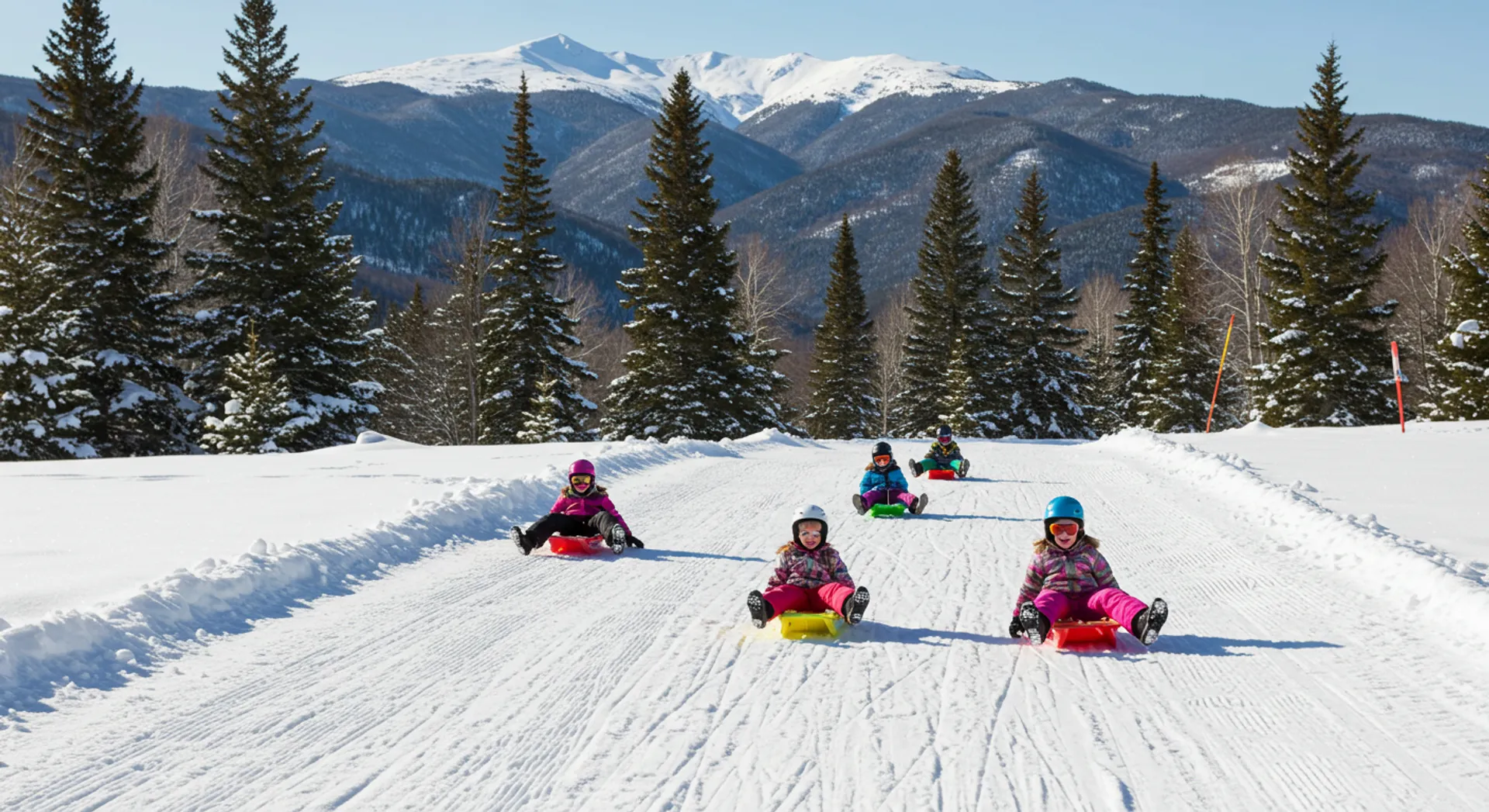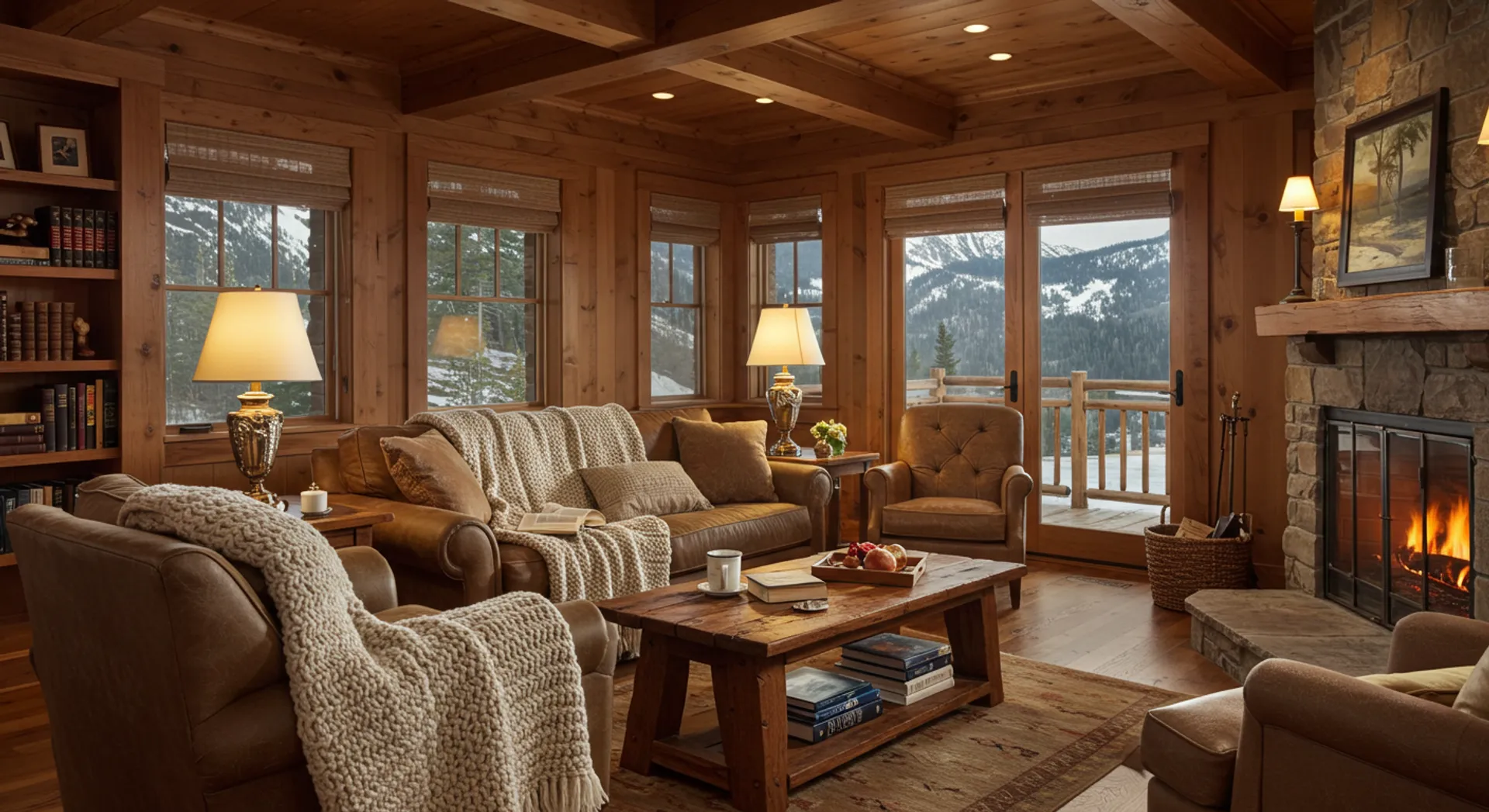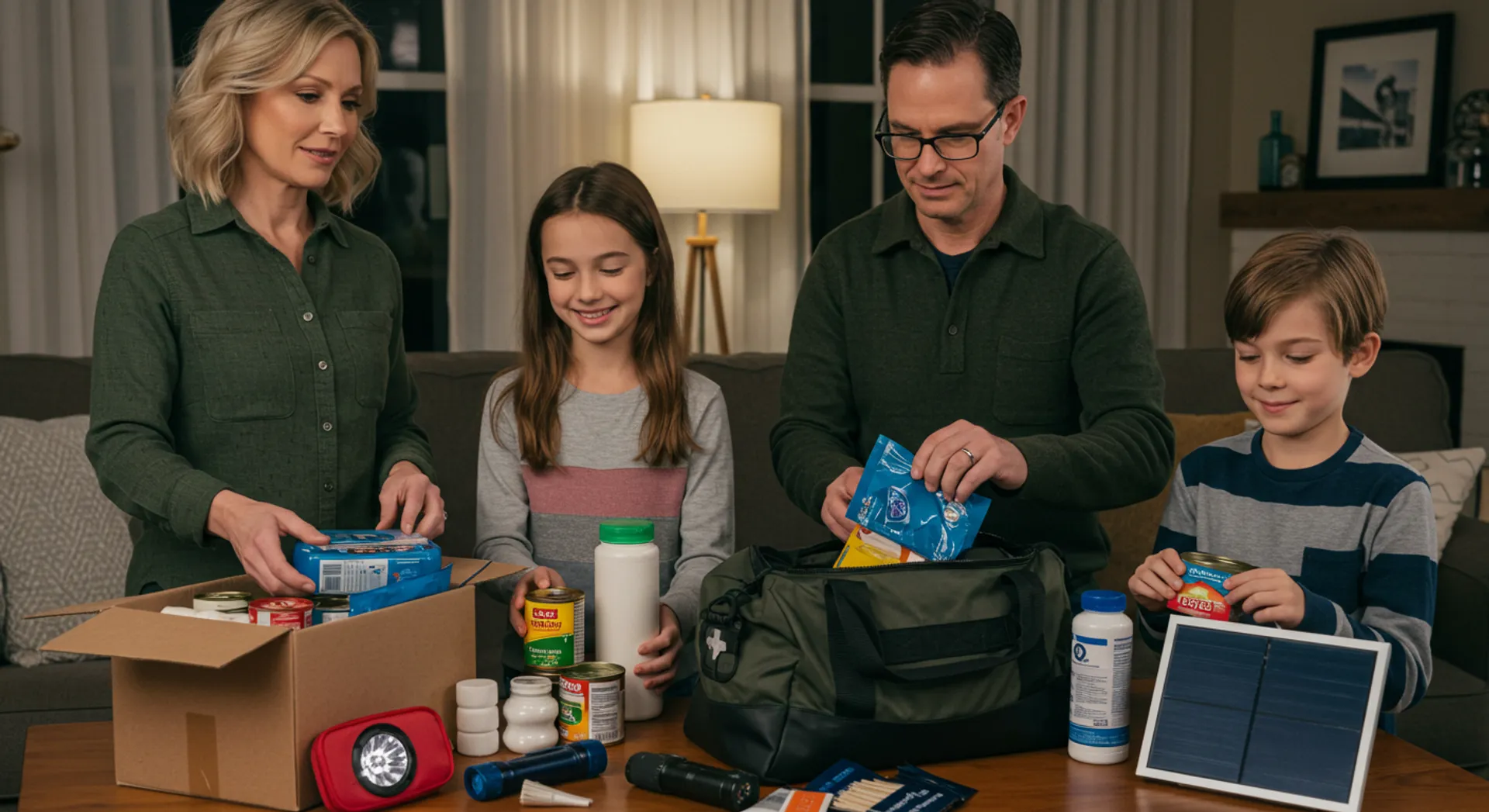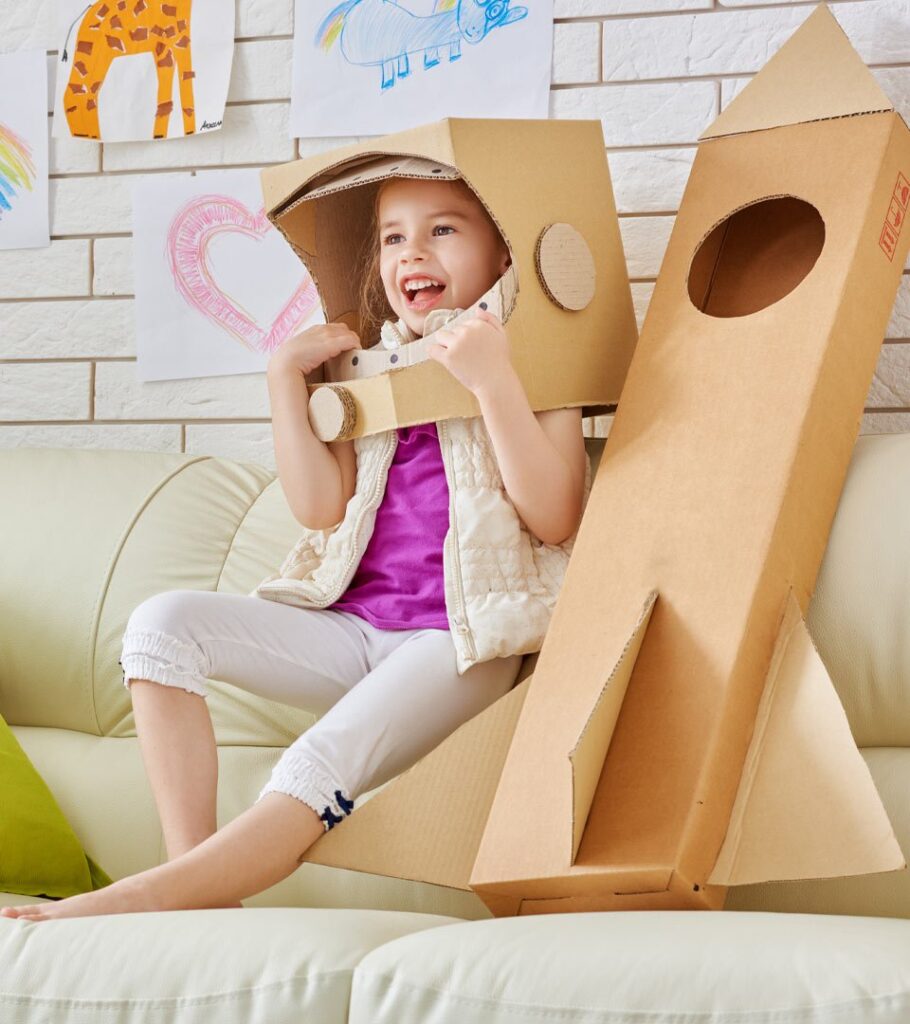Introduction
Winter in the High Country is both beautiful and challenging. Families look forward to snow-covered trails, holiday lights, and cozy evenings, but preparing for the season also requires extra attention to safety and well-being. Cold weather, icy roads, and shorter days can impact daily routines, especially for families with children. This guide will help High Country families plan for winter with a mix of safety tips, fun activity ideas, and wellness strategies that make the season more enjoyable and less stressful.
Why Winter Preparation Matters for Families
While winter offers opportunities for bonding, it also introduces risks. Hypothermia, frostbite, flu season, and transportation issues are all realities for rural and mountain communities. According to the Centers for Disease Control and Prevention (CDC), winter weather injuries and illnesses increase every year due to unpreparedness. Children are especially vulnerable to the cold because they lose heat faster than adults and may not always recognize early warning signs of frostbite or hypothermia. Being prepared allows families to enjoy the season while reducing stress, staying healthy, and feeling confident about safety.
Winter Safety Essentials
Safety should be the top priority before the cold weather sets in. Families can use the following checklist to stay ready for winter challenges:
- Dress in layers: Wool or synthetic materials keep heat better than cotton. Don’t forget waterproof boots, gloves, hats, and scarves. Teach children to come inside immediately if clothing gets wet.
- Car safety: Keep snow brushes, an ice scraper, blankets, and an emergency kit in the car. Check tires for proper tread and keep fuel tanks at least half full to prevent fuel line freeze-ups.
- Home safety: Test smoke and carbon monoxide detectors, especially if heating with wood stoves or gas appliances. Ensure chimneys are clean and space heaters are used safely, with at least three feet of clearance around them.
- Outdoor awareness: Educate kids about icy conditions and slippery sidewalks. Remind them never to play near frozen lakes or rivers without adult supervision, since ice thickness can be unpredictable.
Parents should also familiarize themselves with local weather alert systems and apps, so they can receive real-time warnings about snowstorms or hazardous conditions.
Keeping Kids Entertained During Winter
When the weather makes outdoor play difficult, boredom can creep in quickly. Luckily, families in the High Country have plenty of creative options to keep kids engaged and happy:
- Indoor creativity: Set up a “winter craft station” with supplies for making decorations, painting, or baking cookies. Activities that involve hands-on projects stimulate creativity and reduce screen fatigue.
- Winter sports: Take advantage of local sledding hills, snowshoe trails, or ice-skating rinks for safe outdoor fun. Sledding should always be done in areas free of obstacles like trees and fences.
- Community events: Many High Country towns host holiday parades, winter festivals, and light displays. These events provide social connections and give children something exciting to anticipate.
- Family games and reading: Rotate board games, puzzles, and family reading challenges. Setting family reading goals over the season can help kids stay academically engaged during school breaks.
For additional structured fun, check local libraries or recreation centers for winter break programs, many of which are low-cost or free.
Maintaining Health & Well-Being
Physical and emotional health often takes a hit in winter due to shorter days and reduced activity. Here are some strategies to support family wellness:
- Boost immunity: Provide nutrient-dense meals rich in vitamin C, zinc, and vitamin D. Citrus fruits, leafy greens, and fortified cereals can help. The National Institutes of Health (NIH) highlights the importance of vitamin D during months with limited sunlight exposure.
- Stay active: Encourage indoor exercises such as yoga, dance, or online fitness challenges to keep kids moving when outdoor play is limited. Even 15–20 minutes of movement daily helps improve mood and energy.
- Combat seasonal blues: Light exposure is vital. Open blinds during the day and consider light therapy lamps for households affected by seasonal affective disorder (SAD). Encouraging outdoor play when the sun is out, even briefly, helps regulate sleep cycles.
- Hydration: Even in cold weather, kids and adults need plenty of fluids. Dehydration can still occur in winter due to dry indoor air and physical activity outdoors.
Parents can also emphasize the importance of sleep routines. Shorter days often disrupt sleep cycles, so keeping bedtimes consistent is critical for kids’ well-being.
Emergency Preparedness for Families
Unexpected storms or power outages are common in winter. Families can prepare by assembling emergency kits both at home and in vehicles. Kits should include:
- Bottled water and non-perishable snacks
- Blankets, flashlights, and extra batteries
- Basic first aid supplies
- Phone chargers and a battery-operated radio
- Backup medication for family members with health needs
Children should be part of the preparation process. Teaching them how to help during emergencies builds confidence and reduces anxiety when unexpected events occur. Families can also discuss emergency plans, such as where to go if power is lost or which relatives to contact in case of separation.
Winterizing Your Home
A safe and comfortable home environment is key to enjoying winter. Families should:
- Insulate windows and doors to reduce heating costs and keep warm air indoors.
- Check pipes to prevent freezing and bursting. Running a trickle of water overnight during extreme cold can help prevent pipe damage.
- Stock up on firewood, heating fuel, and extra supplies before heavy snow arrives to avoid last-minute shortages.
Simple steps such as placing rugs near doors or keeping wet boots organized can also reduce slips and falls indoors. Consider investing in mudroom mats and hooks for coats to keep homes dry and clutter-free.
Creating Family Traditions Around Winter
Beyond safety and wellness, winter is also a time for joy and connection. Families in the High Country can make memories with traditions such as:
- Baking special holiday treats together, such as gingerbread cookies or pies passed down through generations.
- Hosting a weekly family movie or game night with hot cocoa and blankets.
- Writing letters to relatives, friends, or neighbors who may feel isolated during the cold months.
- Starting a gratitude jar for the season, encouraging each family member to write something positive every day.
These traditions strengthen family bonds and create warm memories, even during the coldest months. They also provide children with a sense of stability and comfort despite the seasonal changes.
Conclusion
Preparing for winter in the High Country means more than buying heavier coats. It’s about building resilience, planning ahead, and creating moments of joy in the face of seasonal challenges. By focusing on safety, health, and meaningful family traditions, High Country families can turn winter into a season of connection and growth. With thoughtful preparation and community resources, families can approach winter with confidence, knowing they are equipped to stay safe, warm, and happy.
Related Links:














